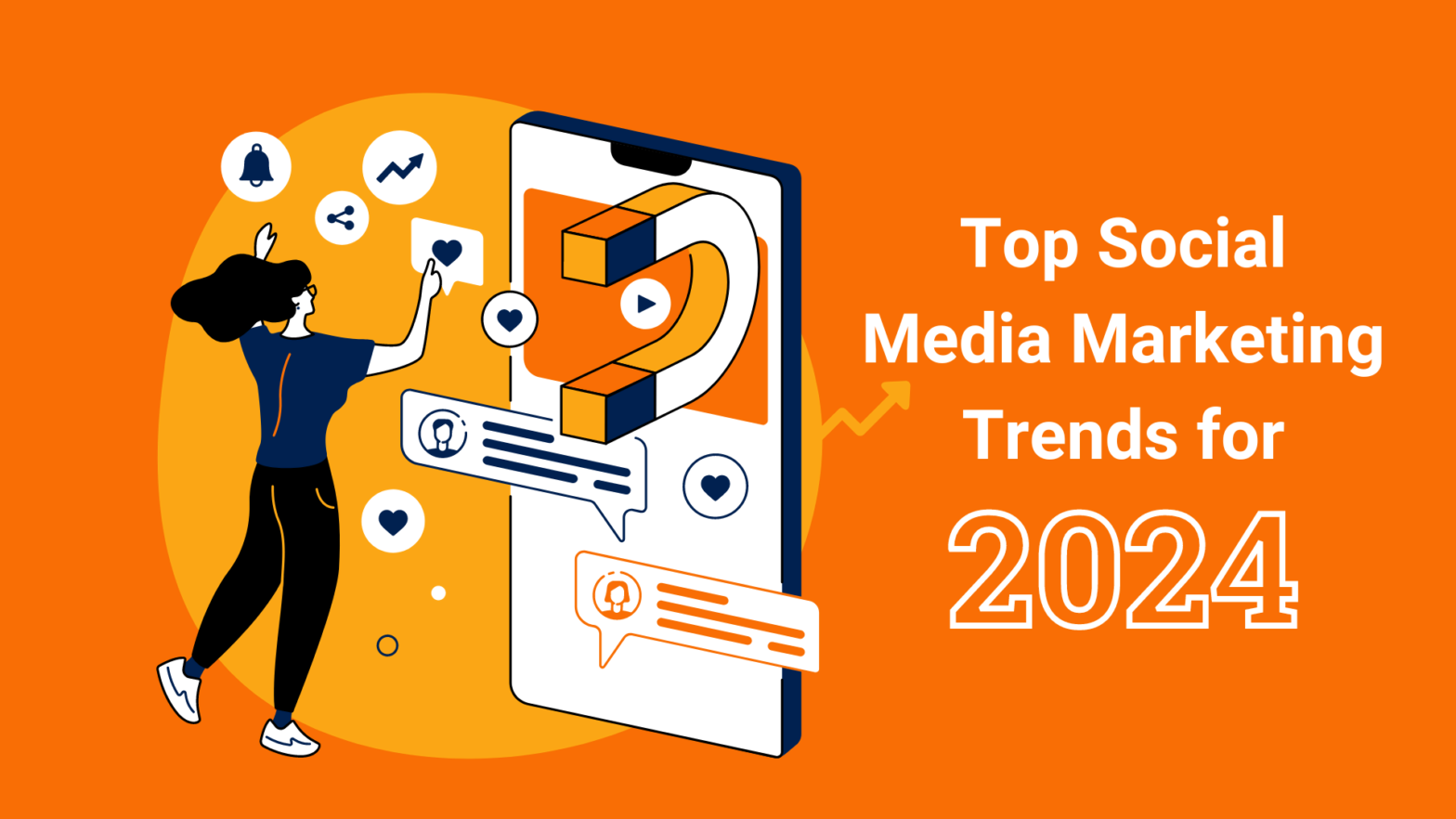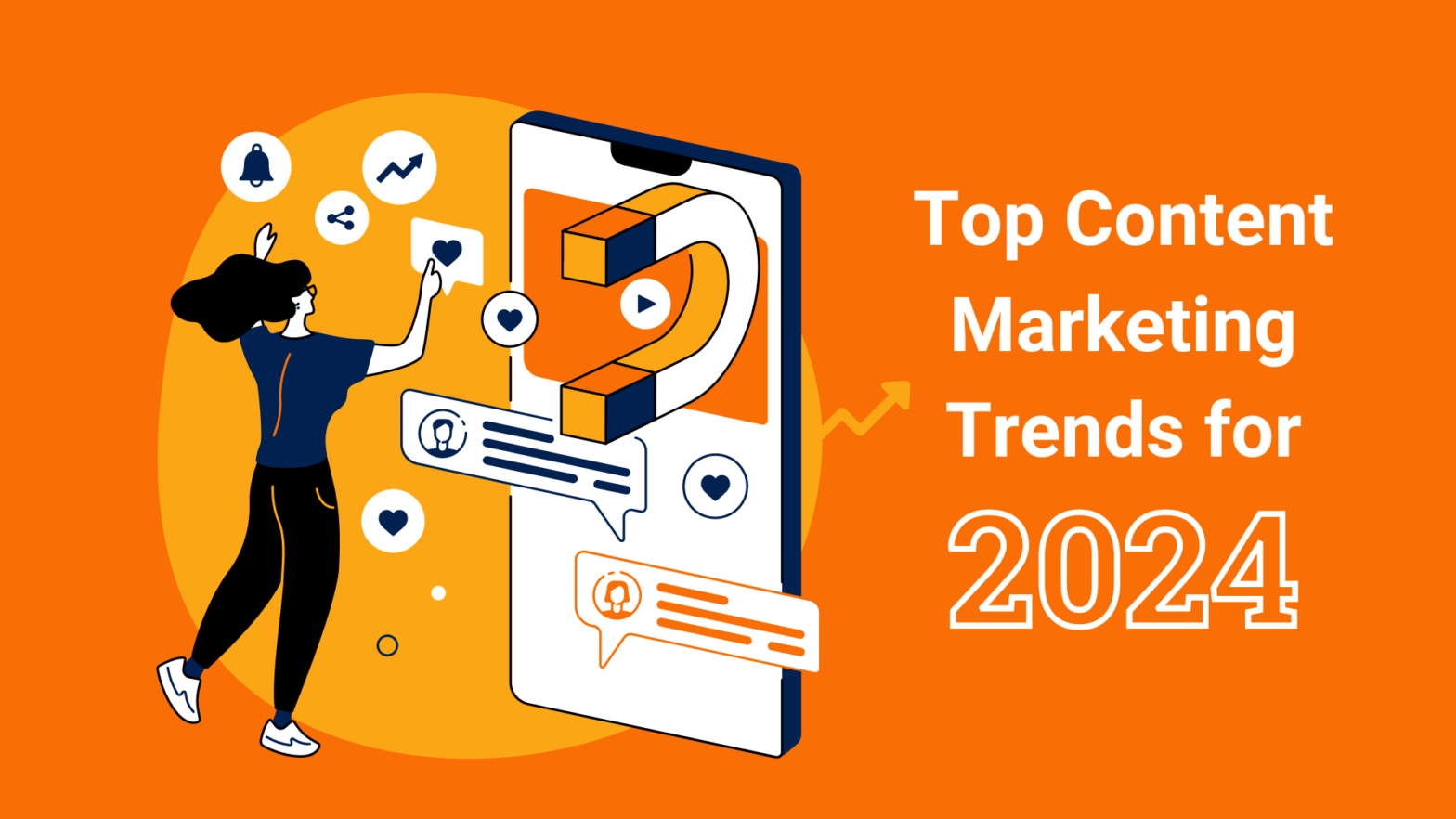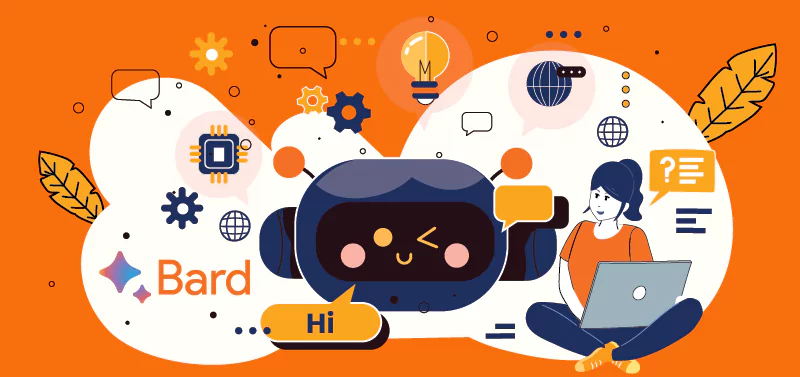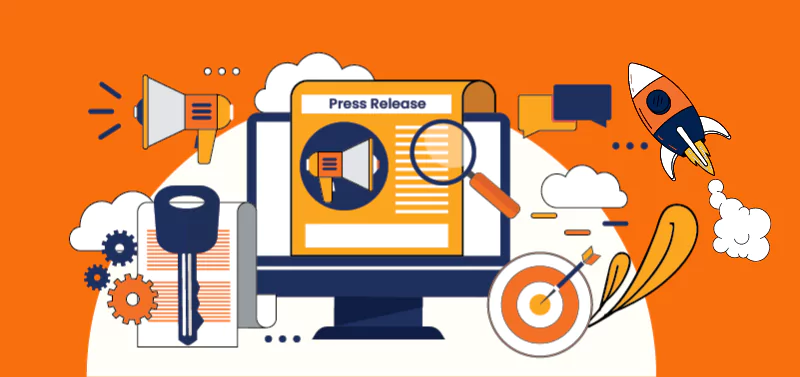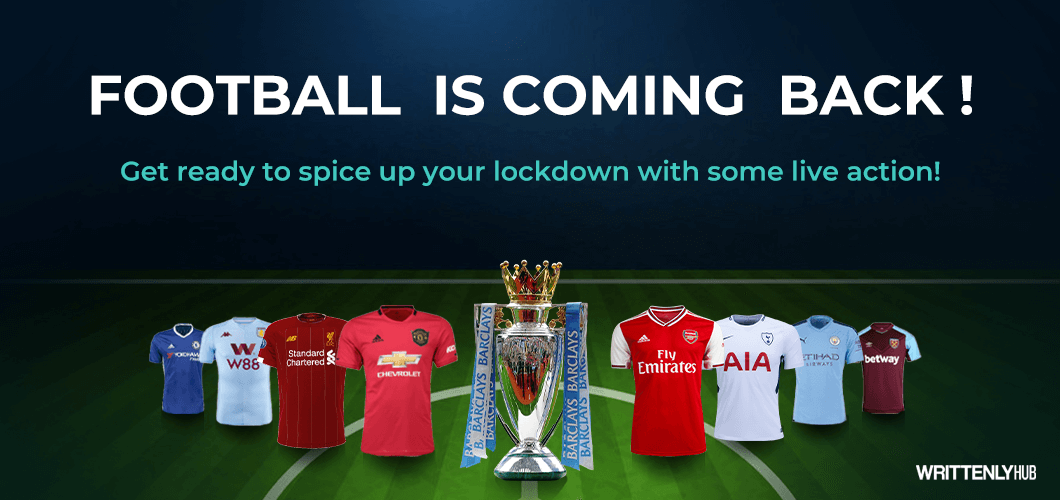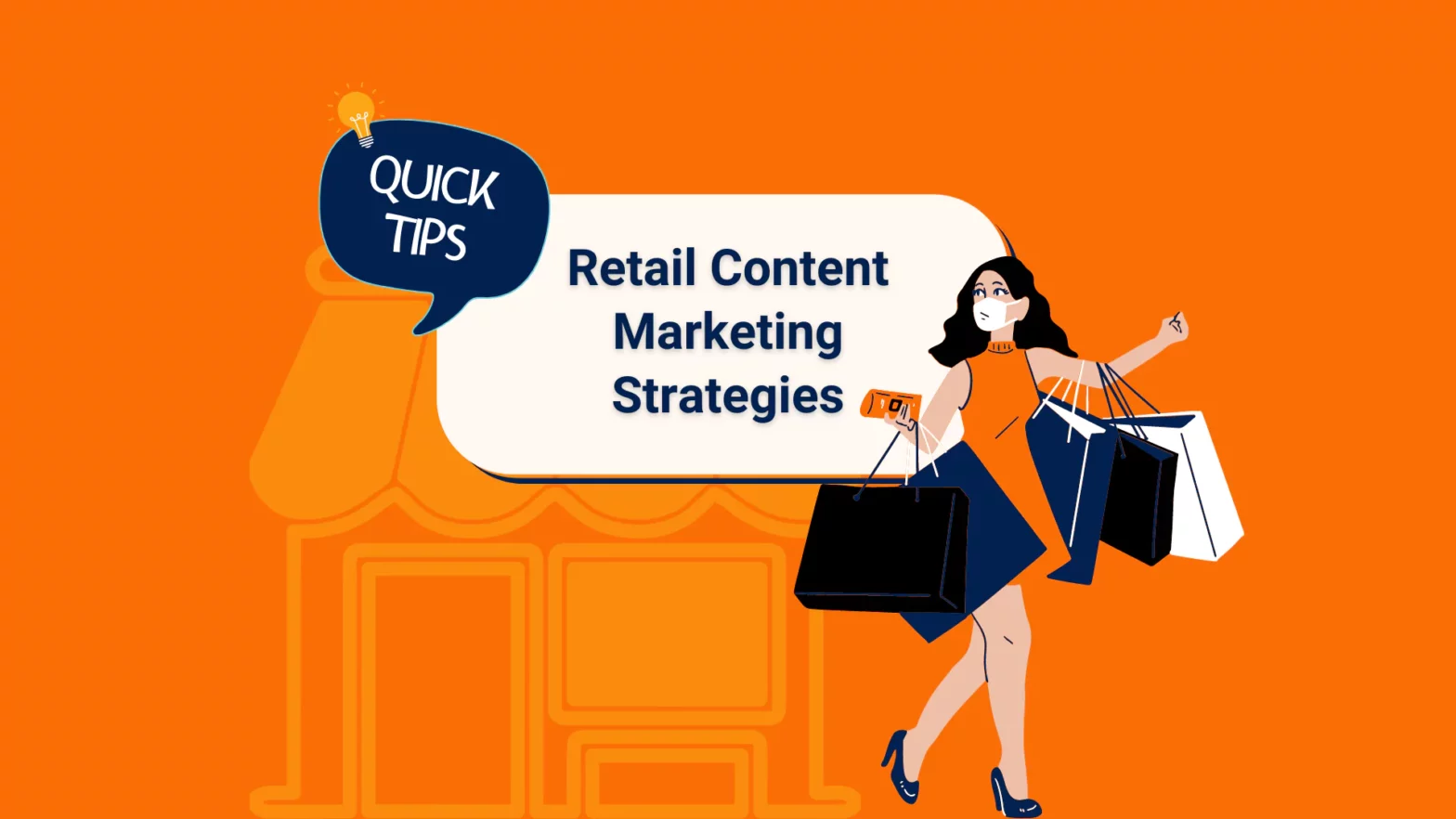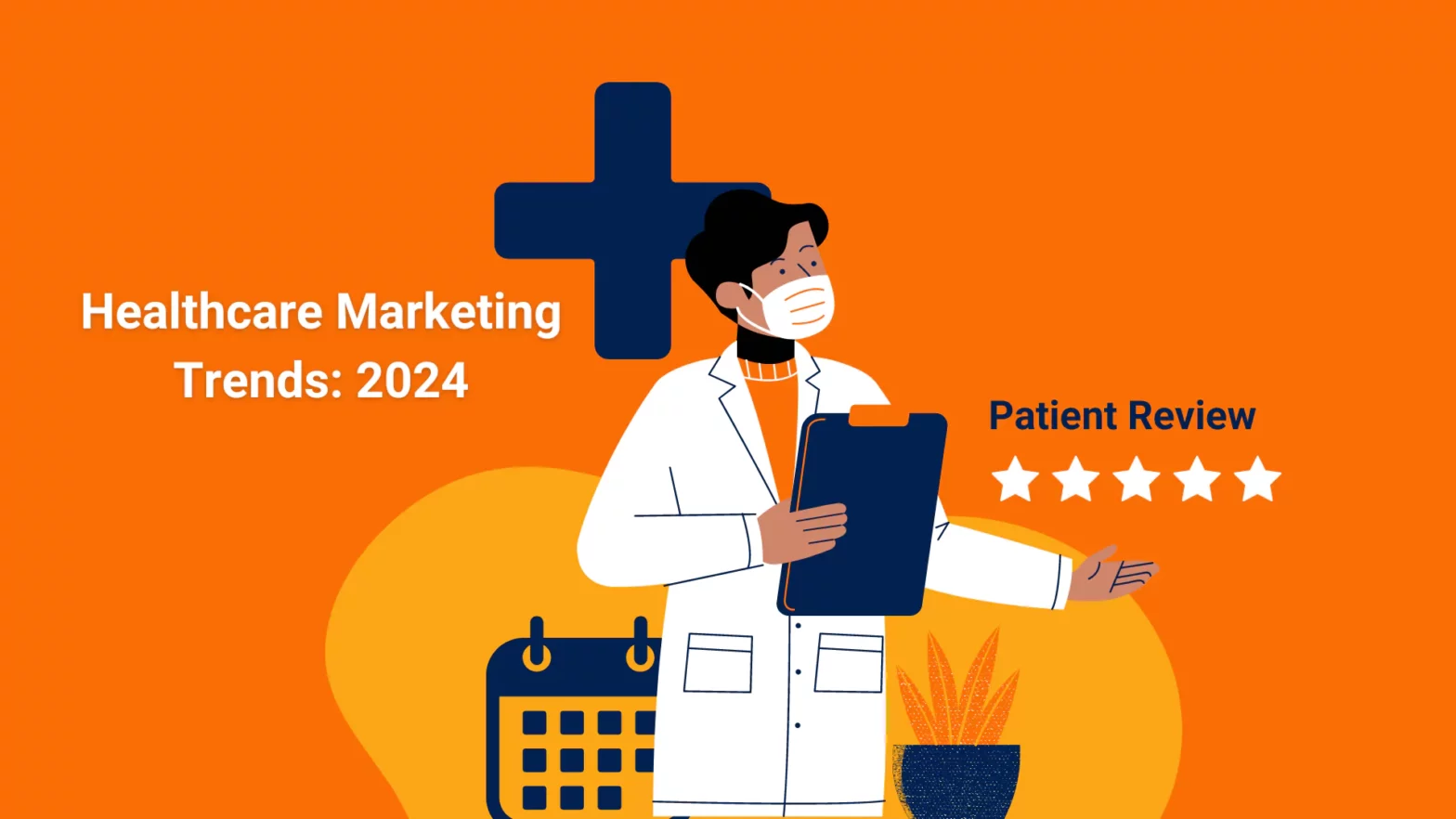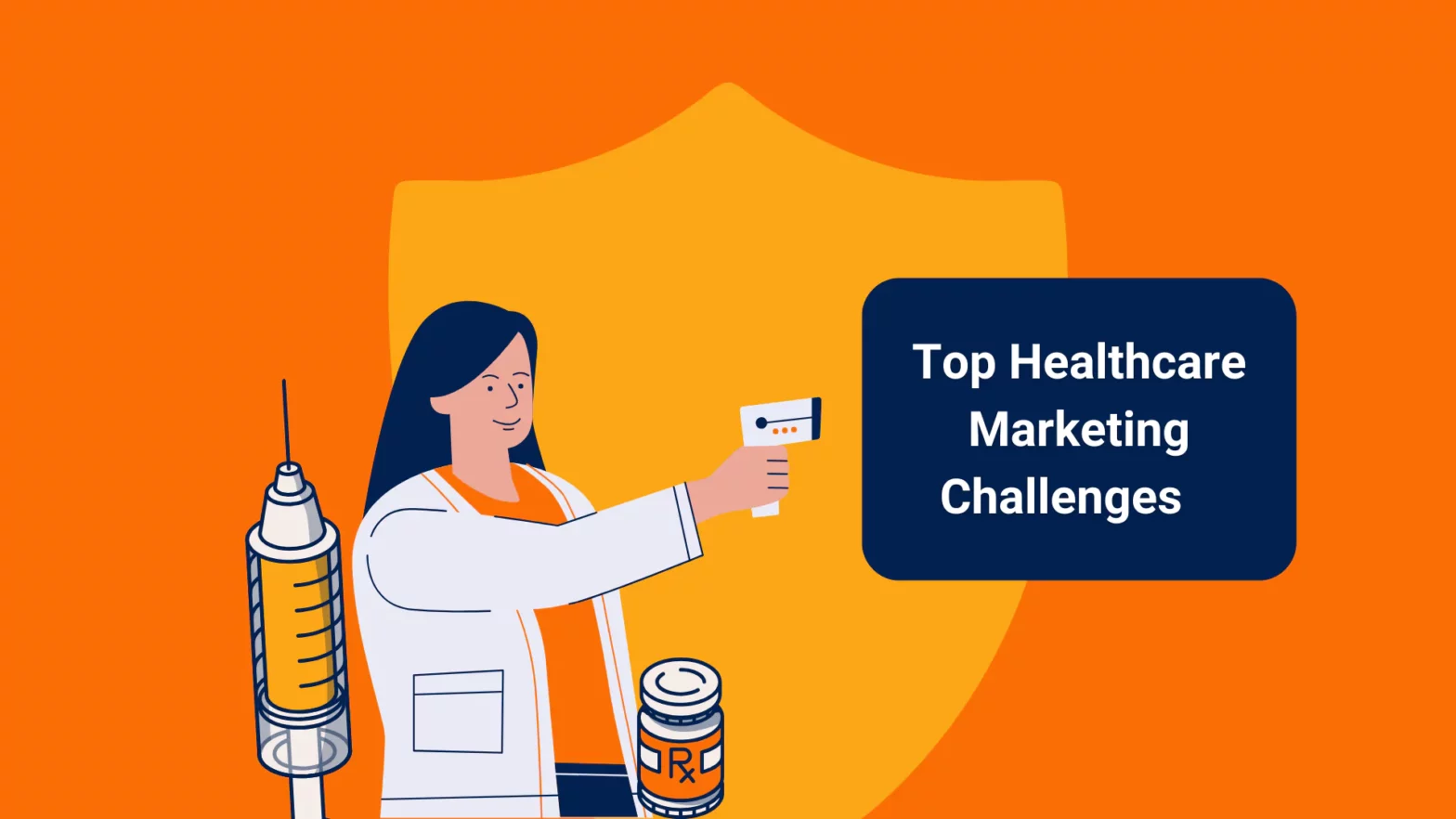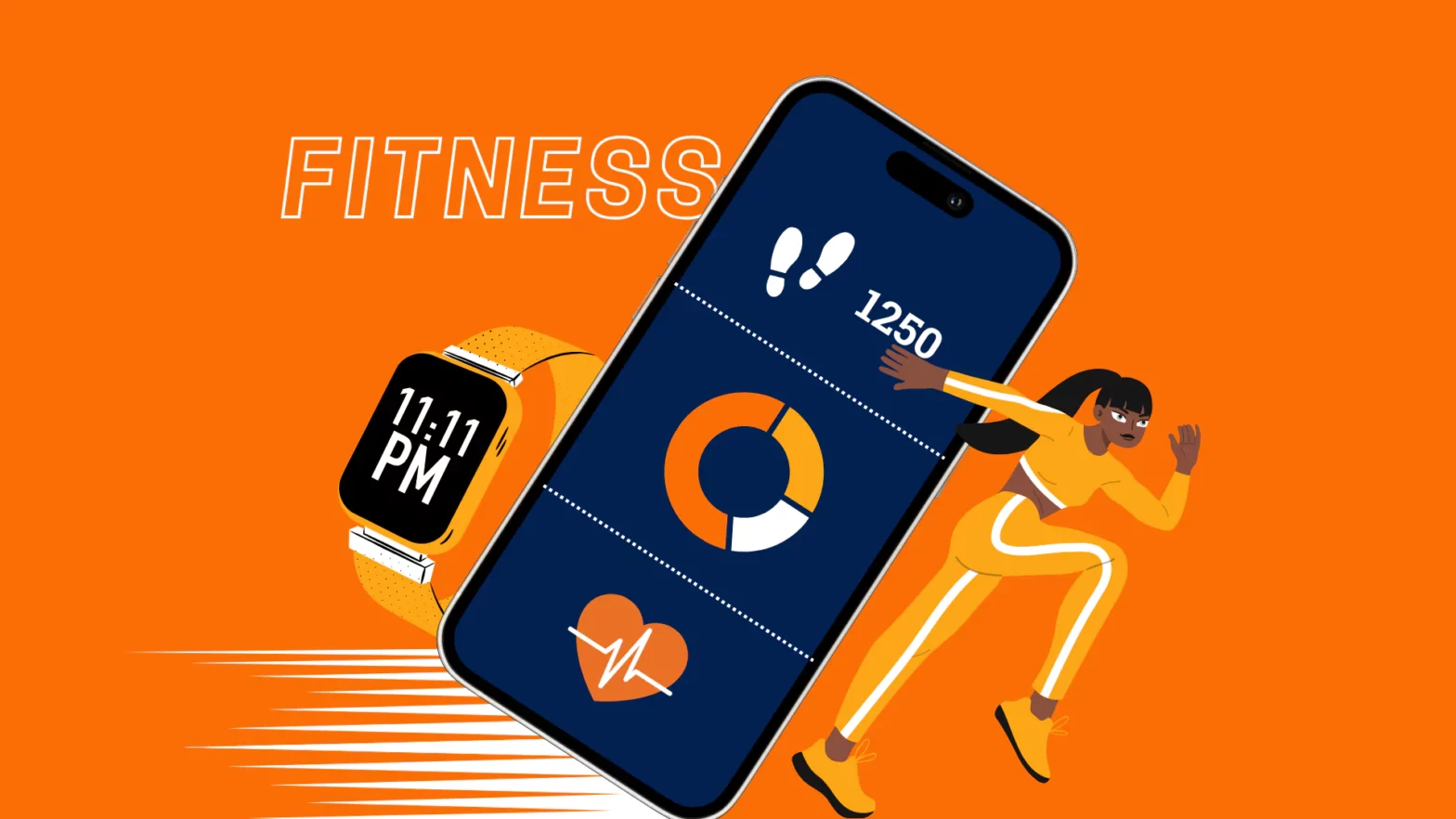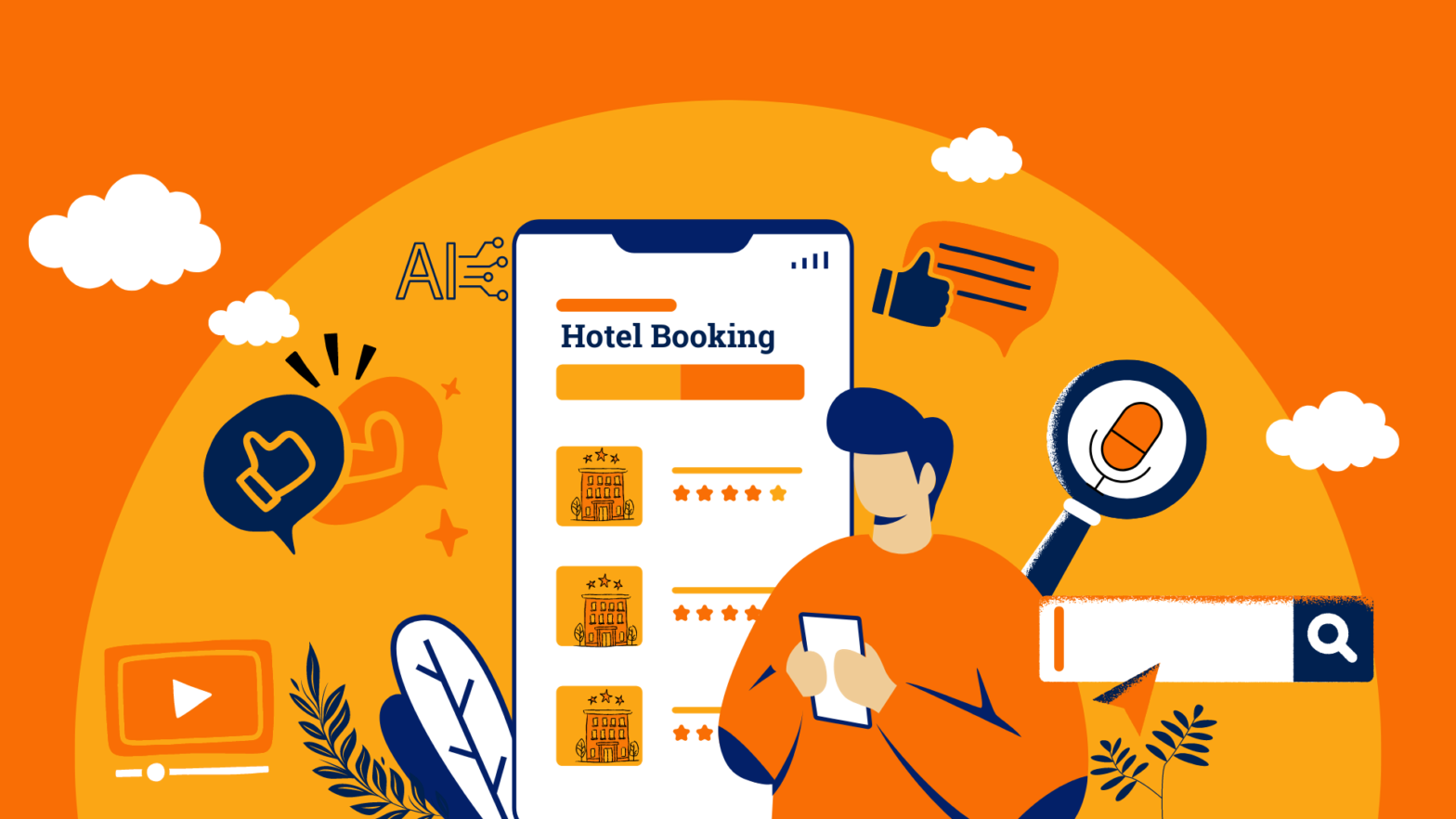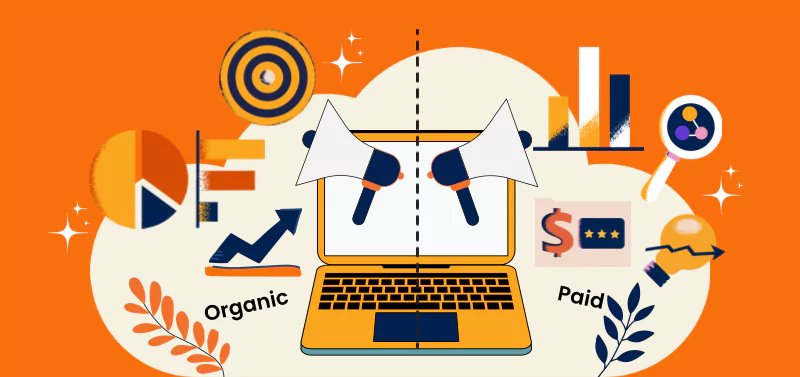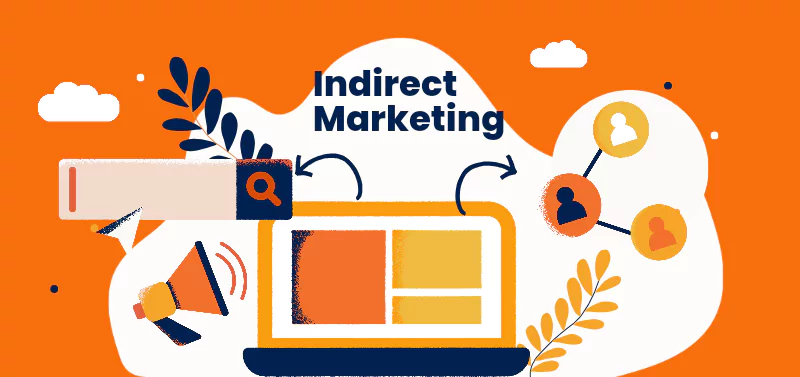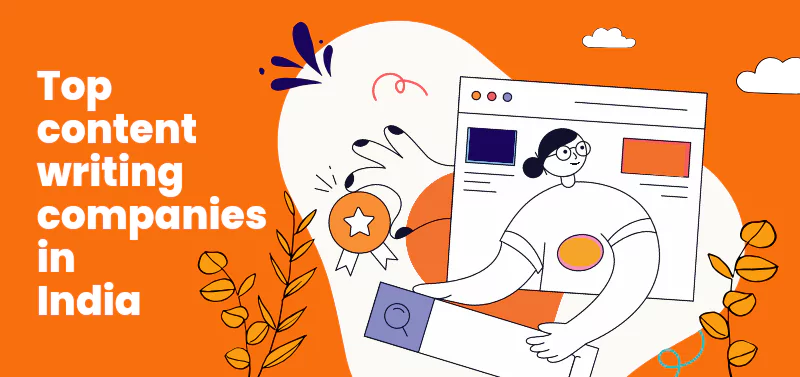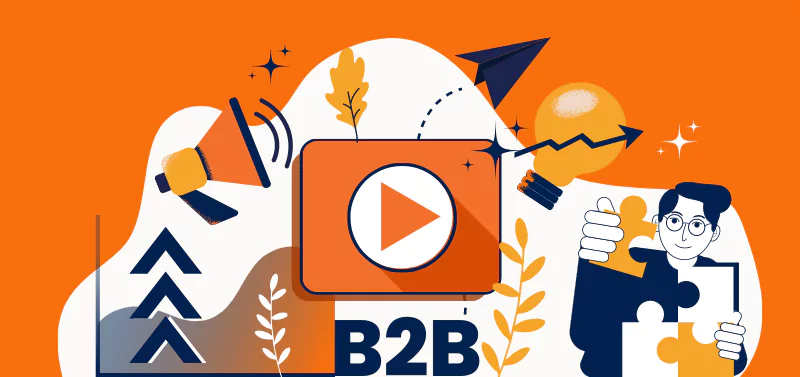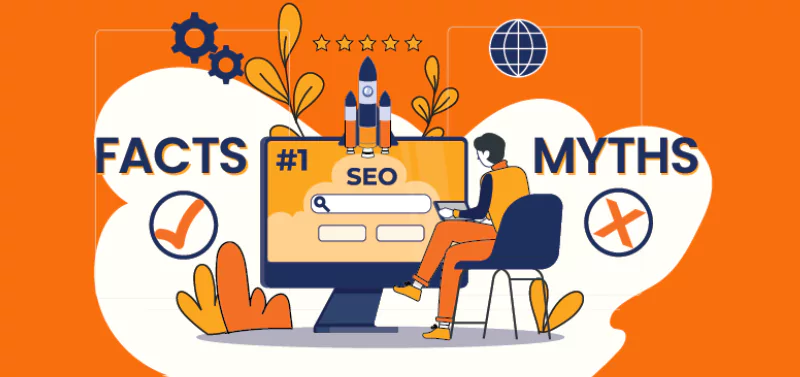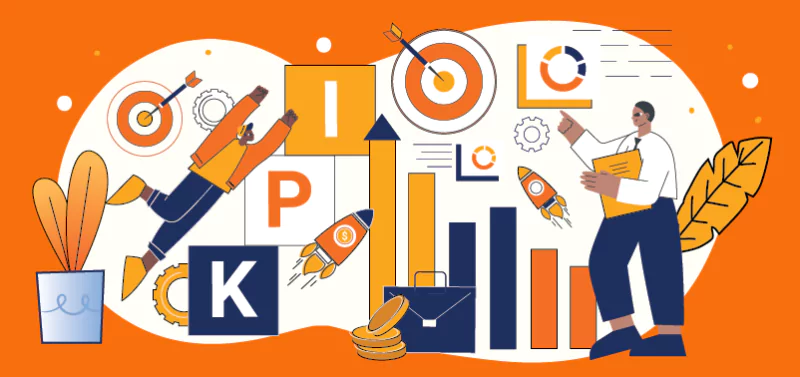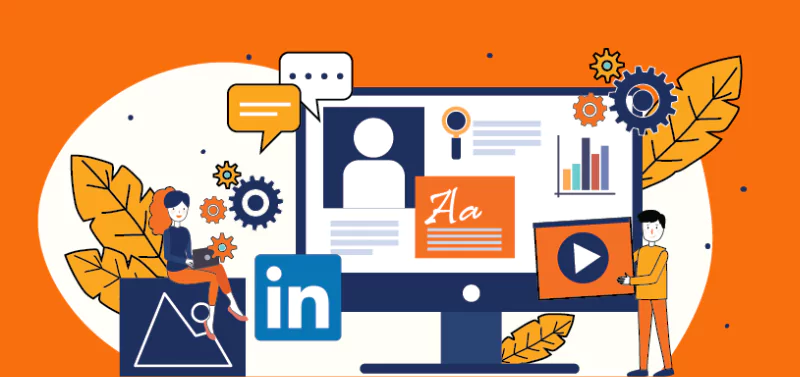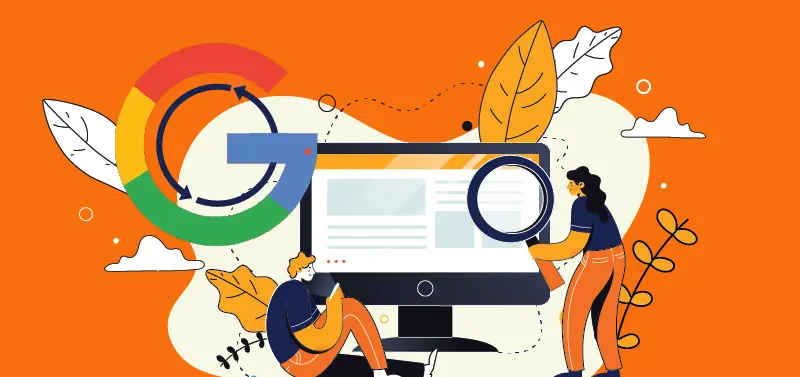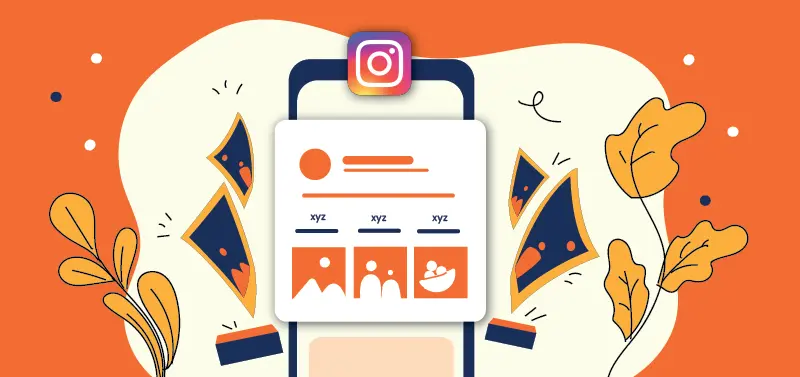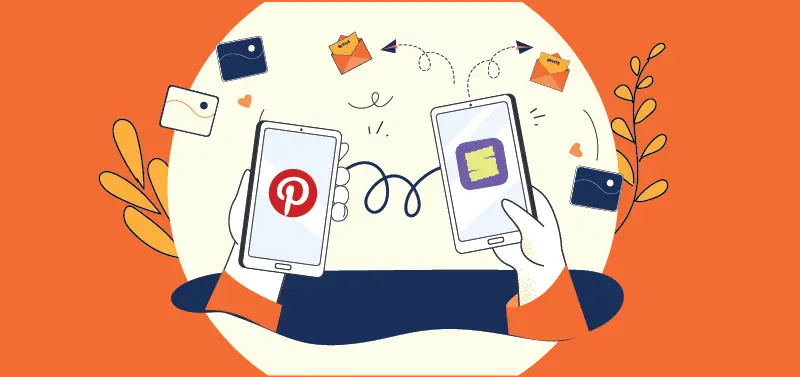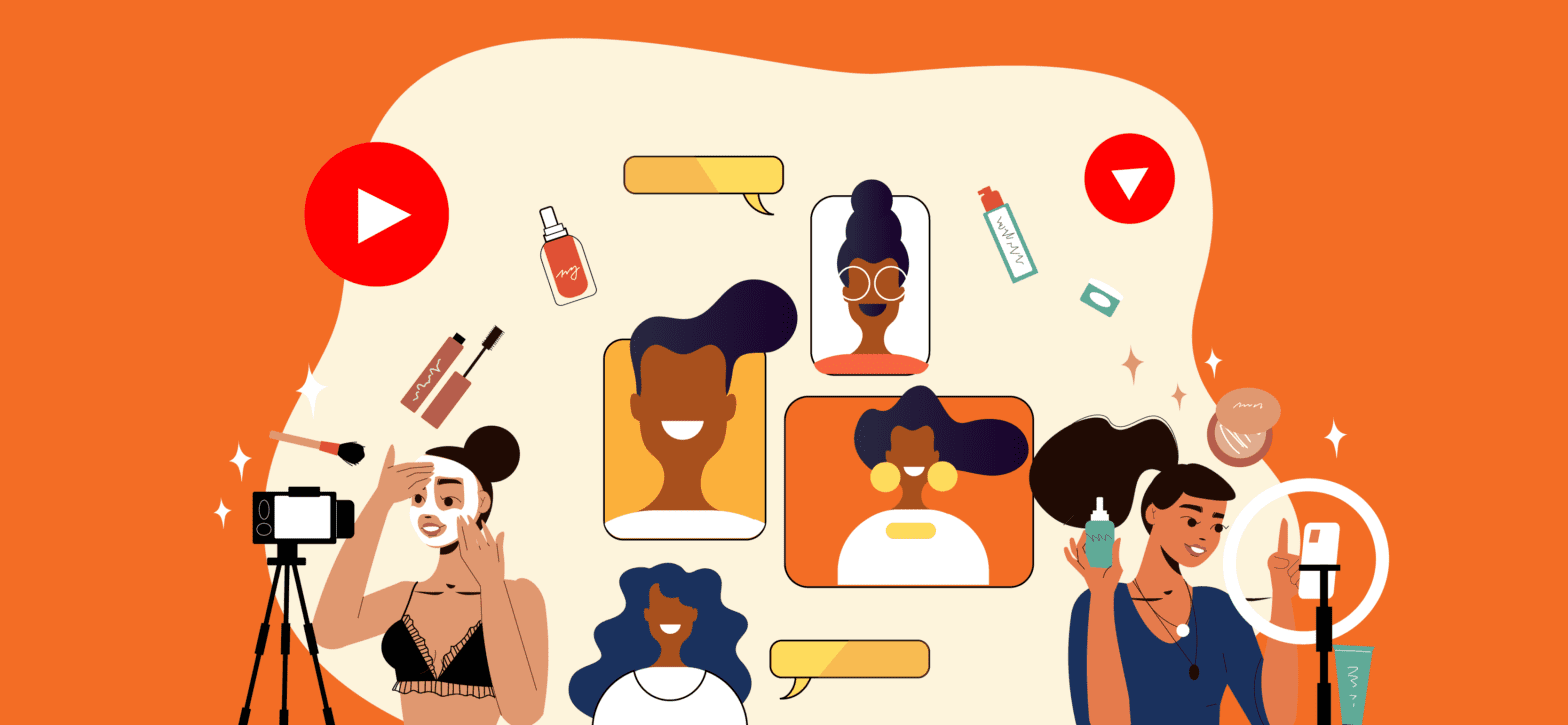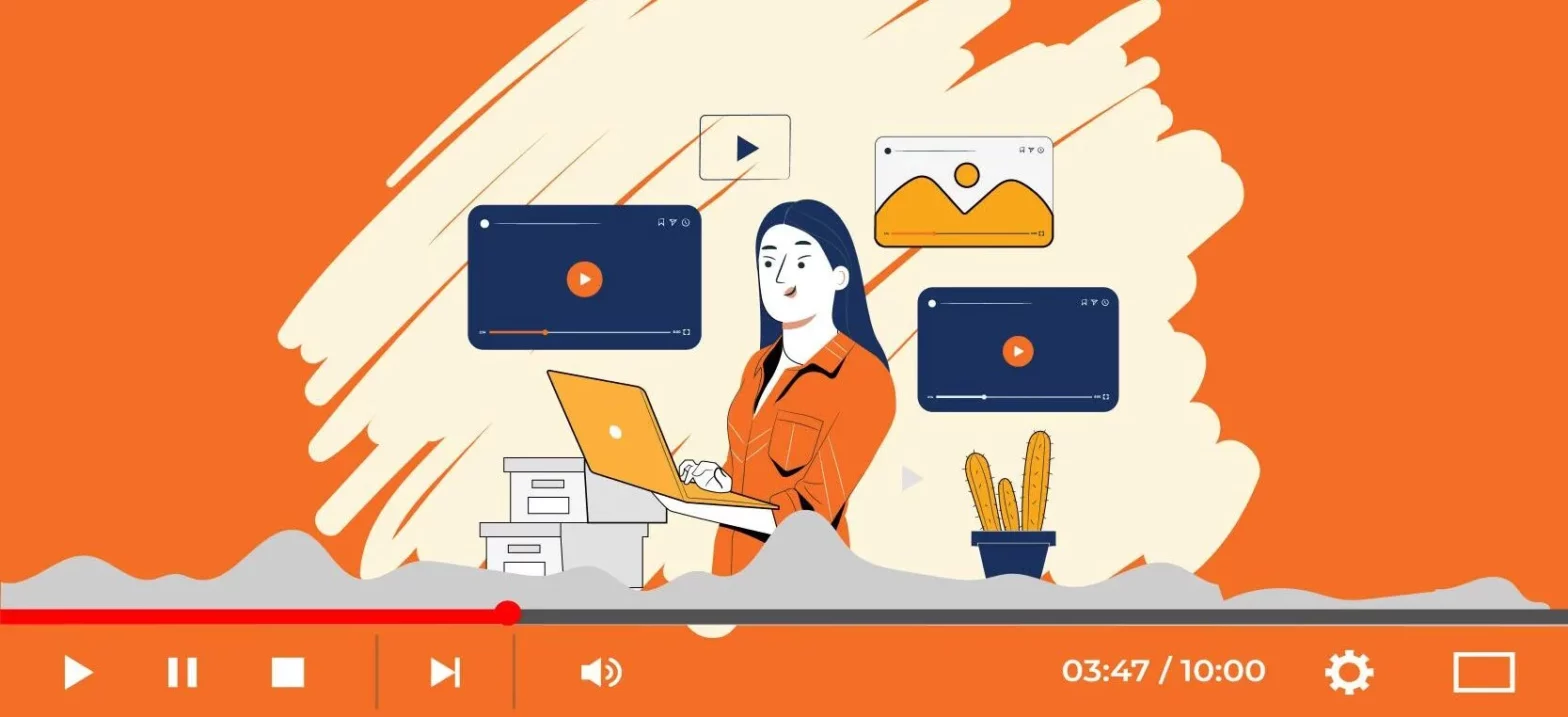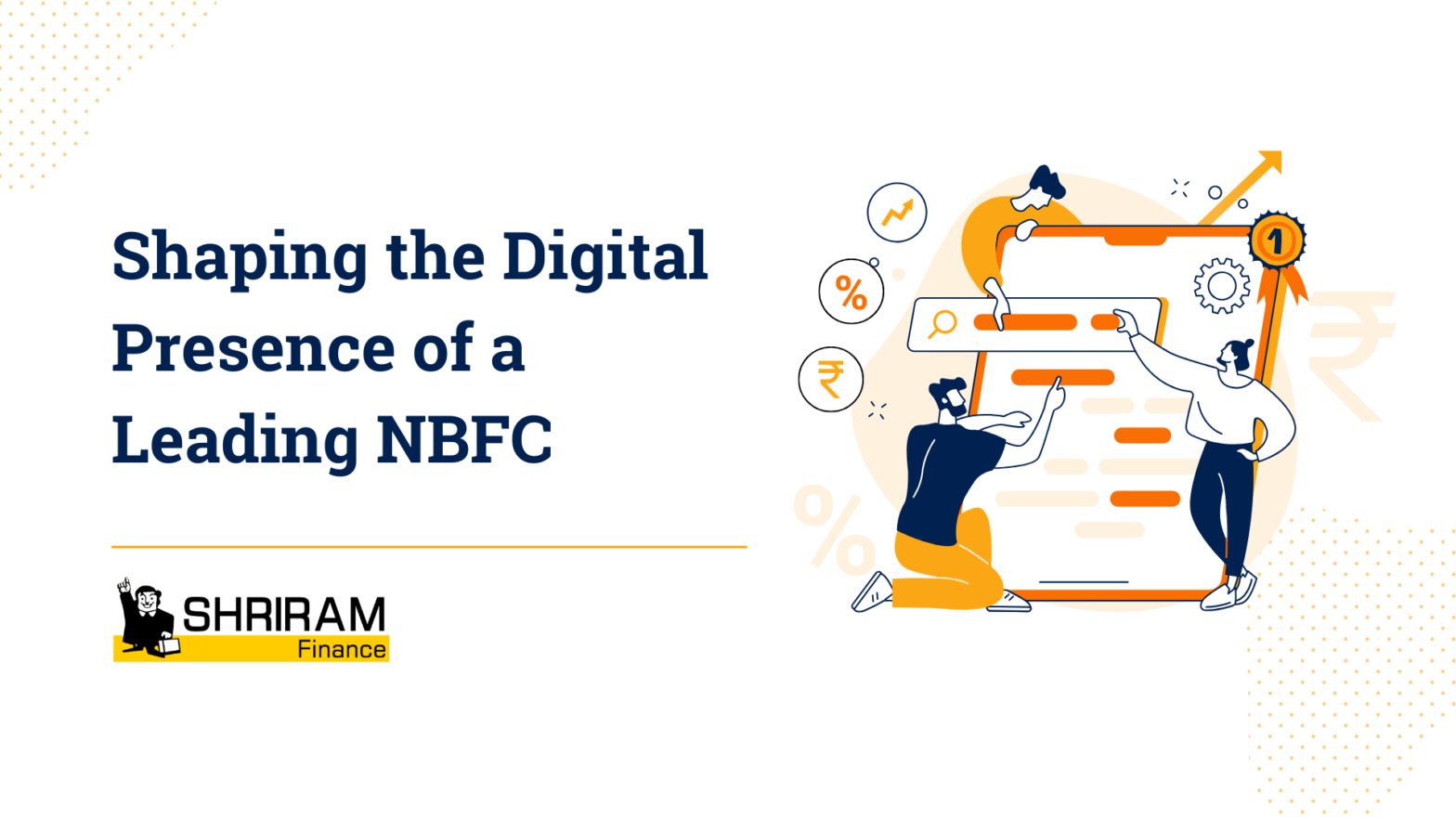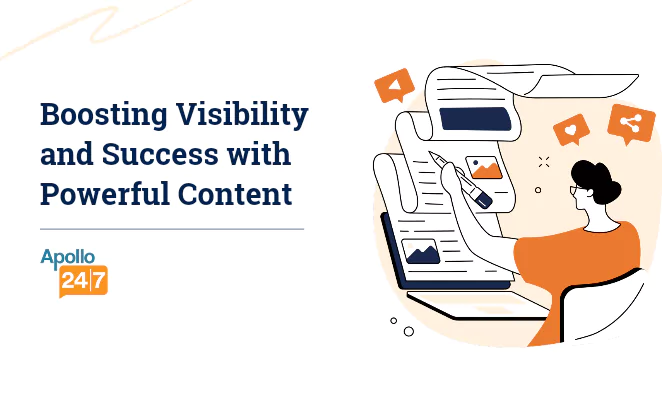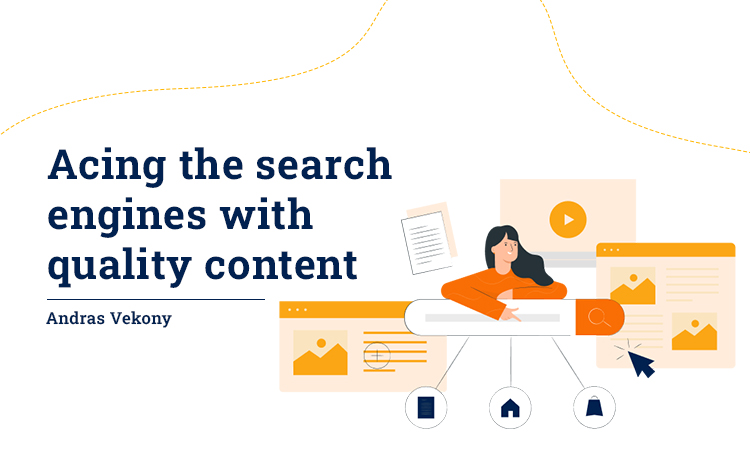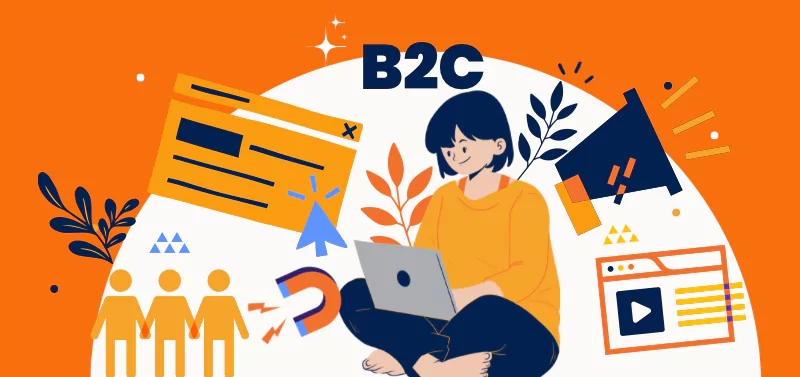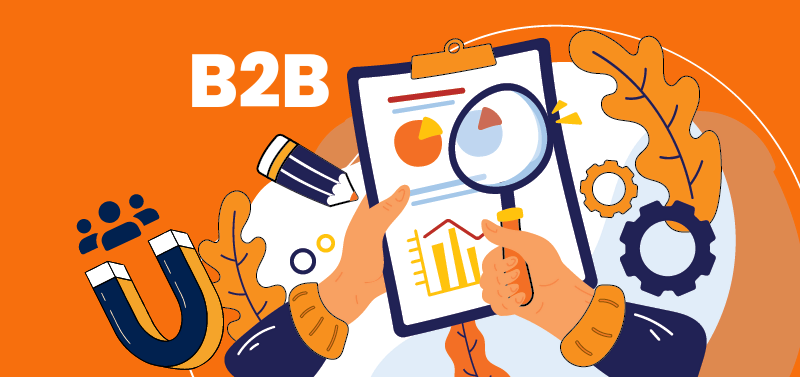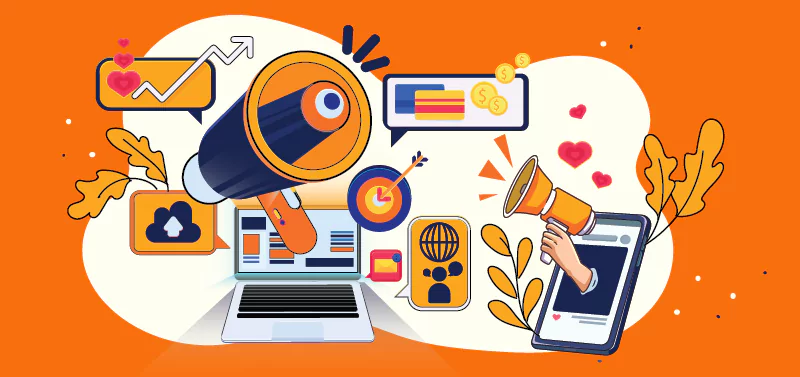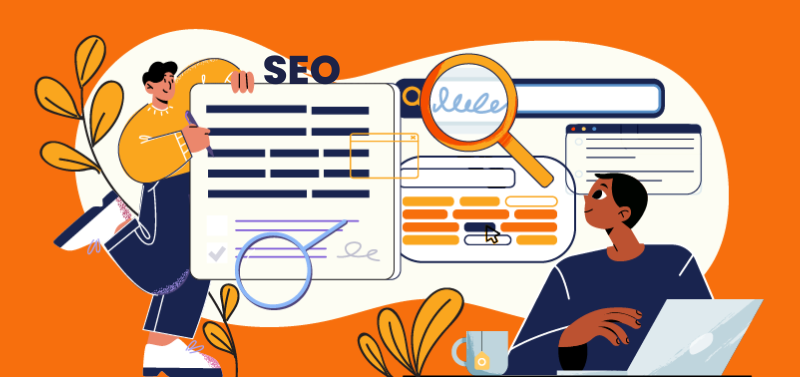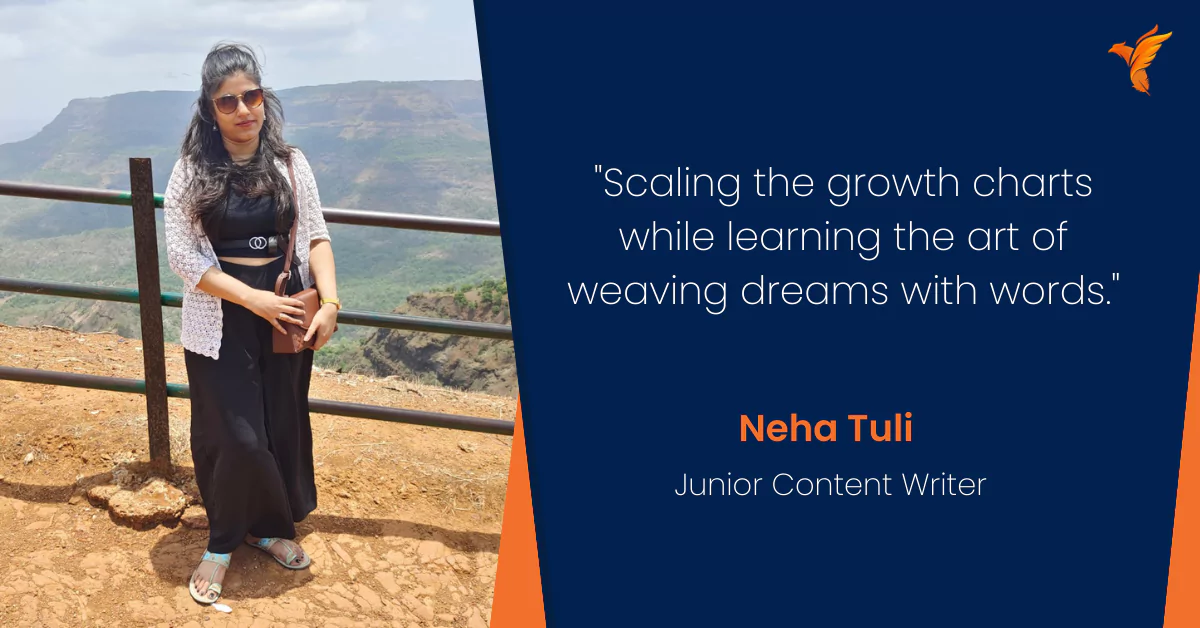Simplifying Complex Ideas with Infographics in Content Marketing
Author: Team WH
Published On: 22-06-23
Last Updated on: 11-12-23
Estimated reading time: 3 minutes
In today’s fast-paced digital world, businesses are constantly overloading people with new information. Due to this, retaining a loyal audience has become a daunting task; most people scroll past the content if it seems lengthy. To feed people information in a digestible manner, infographics in content marketing come as superheroes to save the day!
But what are the benefits of infographics, and what makes them so effective? In this blog, we’ll answer these questions to prove their power to drive traffic through engaging content. Let’s transform your content marketing game!
A Little About Infographics
Simply put, infographics are effective tools that convert complex information into visually captivating stories. They break any complicated information into bite-sized pieces. For instance, think back to the manual you came across when assembling your shelf; the pictures of steps 1 and 2 are an infographic.
In the same way, brands create infographics for content marketing on social media platforms.
Advantages of Infographics in Content Marketing
There is a wide range of benefits to infographics in content marketing, but we will focus on the most valuable ones to incorporate into your strategy.
1. Easily Breaks Down Complex Information
You do not want to create content that goes over the reader’s head, right? Since most people are visual learners by nature, making them understand complex ideas through infographics is essential.
With infographics, your audience can easily consume the content and remember it for a long time. Whether through charts, pictographs, timelines, or other graphic formats — infographics in content marketing break down information into digestible chunks of data.
2. Boosts Brand Awareness
Compared to simple text, infographics provide a much more practical way to increase brand recognition. In general, visual components in a piece of content increase views over those without.
Use recognisable logos, colours, typefaces, and graphic designs specific to your company to brand your infographics. You can incorporate brand name, website URL, and social media handles in your infographics for increased brand identification.
3. Helps you Rank on Google
Good infographics have the chance to rank well on Google image searches, automatically driving organic traffic to your website. Using the new features provided by Google to increase clicks, such as alt text and structured data, is always a good idea.
You can use infographics to build a good backlink network, with some websites including your infographic to help their audience understand a concept.
4. Good for your SEO
Infographics are widely used for email marketing, blog posts, social media ads, and other purposes. No matter which platform you are scrolling through, you will come across at least one in a day.

SEO is greatly improved by including keywords in the infographic’s title, description, and meta details. Further, if you use embed codes to make it easier for others to publish, it generates relevant backlinks.
5. Making Tracking Results Easier
With infographics, performance is straightforward to quantify, unlike in some marketing endeavours.
You should monitor shares on social media of the content and particular hits to your landing page from a range of off-site sources, including referring pages, social media sites, and any active ads or remarketing campaigns.
It may be relatively simple to ascertain how your infographic marketing efforts are functioning to enhance and grow moving forward with the correct tracking in place.
6. Easily Shareable
On social media, people love sharing great visuals. You want as many people as you can to view, read, and interact with your content. People can share your visual content with their friends, coworkers, and connections by publishing it on social media sites like Facebook or LinkedIn.
Final Thoughts
All in all, infographics in content marketing have started to become the ultimate game-changer. They capture the audience’s attention, enhance comprehension, and boost the brand’s engagement.
By utilising their full power, you can create stunning visual representations of your marketing concepts that stand out in the digital world. Embrace the power of infographics to spice up your content and make it interactive.
Frequently Asked Questions
1. What are the key components of infographics?
There are seven key components to a successful infographic, including:
- Story
- Style
- Simplicity
- Font size
- Statistics
- Shareability
- Sources
2. What are the types of infographics?
Infographics may be of multiple types, including:
- Process infographic
- Informational infographic
- Timeline infographic
- List infographic
- Comparison infographic
- Map infographic
3. What is one way to use infographics in marketing?
One creative way to use infographics in marketing is by creating useful infographics from old text-heavy articles. Repurpose your old marketing content with new statistics and new elements, and break it into different infographics to post a thread consistently.



